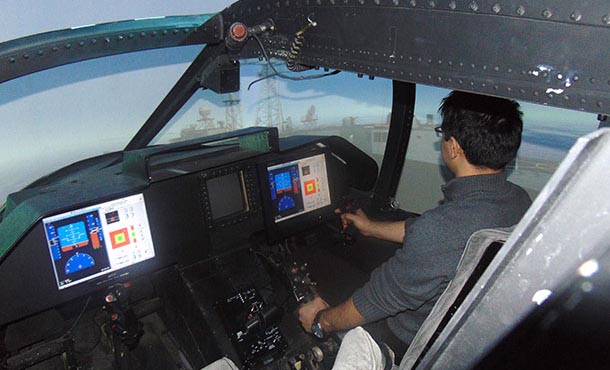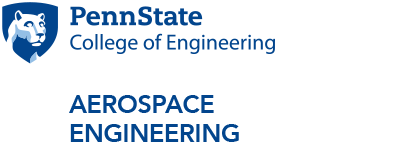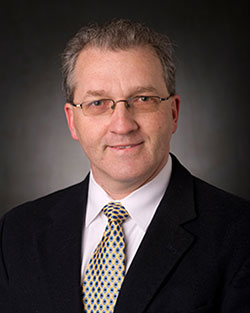
Ilker Oruc, doctoral candidate in aerospace engineering, approaches a frigate in an SH-60 helicopter in the VLRCOE Fixed-base Flight Simulator Lab.
Penn State awarded $13 million for vertical lift technology research
12/14/2016
UNIVERSITY PARK, Pa. — The Penn State Vertical Lift Research Center of Excellence (VLRCOE) was awarded $13,786,974 in funding through a cooperative agreement with the U.S. Army, U.S. Navy, and the National Aeronautics and Space Administration to support a wide range of fundamental research related to vertical lift technology and educational activities for students.
The agreement, administered through the U.S. Army Aviation Development Directorate, provides funding for the VLRCOE program distributed over a five-year period. The award will include $7,992,930 in government funds contribution and $5,794,044 in cost-sharing funds contribution shared between Penn State and industry.
“This is our fifth consecutive agreement, and we are more than thrilled to enter into another long-term agreement with our government, industry, and university partners that will help advance the frontiers of vertical lift technology,” said Edward Smith, VLRCOE director and professor of aerospace engineering at Penn State. “Over the last 20 years, we have built an extremely strong, stable program and faculty base, as well as developed unique experimental facilities, that enable successful transition of our work to higher technical readiness levels for the military and commercial aviation communities, and the rotorcraft industry.”
The funding will further collaborative, interdisciplinary research among approximately 25-30 faculty in several Penn State College of Engineering departments, including aerospace engineering, mechanical and nuclear engineering, and engineering science and mechanics. Scientists and engineers from the Penn State Applied Research Laboratory are also highly engaged in the program.
Although the VLRCOE program supports leading-edge research objectives of various government programs, it places equal importance on the educational and technical development of aspiring engineers across multiple disciplines. Funding from the agreement will support approximately 20 graduate students and six to eight undergraduate research assistants annually, and also provide support in the way of student travel to conferences, seminar speakers, and an enhanced educational curriculum.
"One of our primary goals with VLRCOE is to educate, inspire and recruit the next generation of engineers for the vertical flight sector, whether that be in industry, academia, or government,” said Kenneth Brentner, VLRCOE administrative director and professor of aerospace engineering at Penn State. “Almost half of the total funds support students, which is very important to both us and our government partners. The funding helps the University attract the best and brightest students who get more than a classroom experience; they get to see real technology problems we’re working on and have the opportunity to contribute to solutions, which is great experience for them.”
The cooperative agreement also includes four university partners that are dedicated to building a world-class integrated VLRCOE: University of Tennessee; University of California, Davis; Embry-Riddle Aeronautical University and Technion Israel Institute of Technology.
“Partnering with other universities allows us to expand the range of capabilities and the pool of resources we can bring to the 14 research projects that are part of this new agreement,” said Joseph Horn, VLRCOE deputy director and professor of aerospace engineering at Penn State. “By building a critical mass of capabilities, faculty, and students in the rotorcraft field, we’re able to attract experts in related fields such as aeromechanics, acoustics, and propulsion, as well as additional sources of funding related to rotorcraft engineering.”
Penn State VLRCOE is one of only three VLRCOEs in the United States. Penn State was competitively awarded one of three Rotorcraft Centers of Excellence (RCOE) in 1996 by the newly formed National Rotorcraft Technology Center (NRTC). Since then, Penn State has been competitively awarded RCOE and VLRCOE cooperative agreements from the NRTC in 2001, 2006, and 2011.




